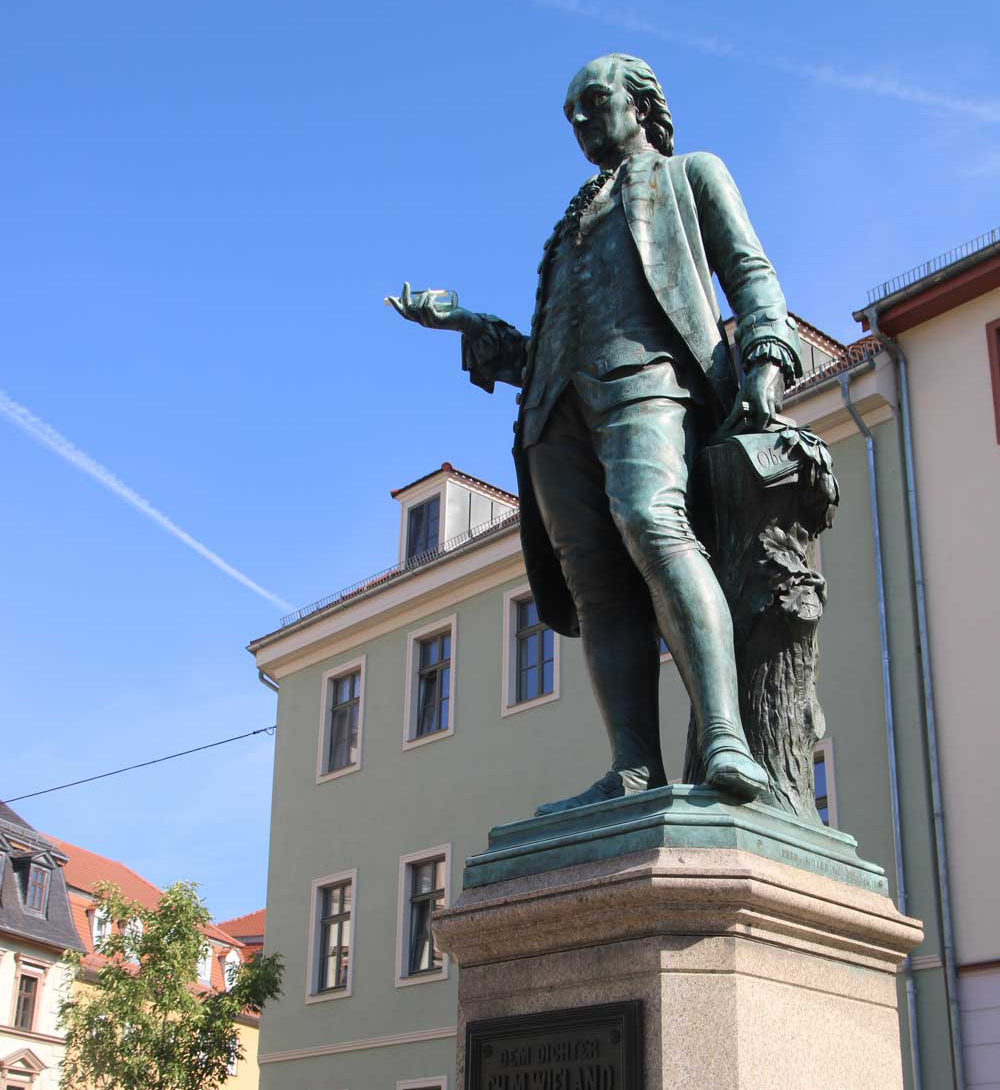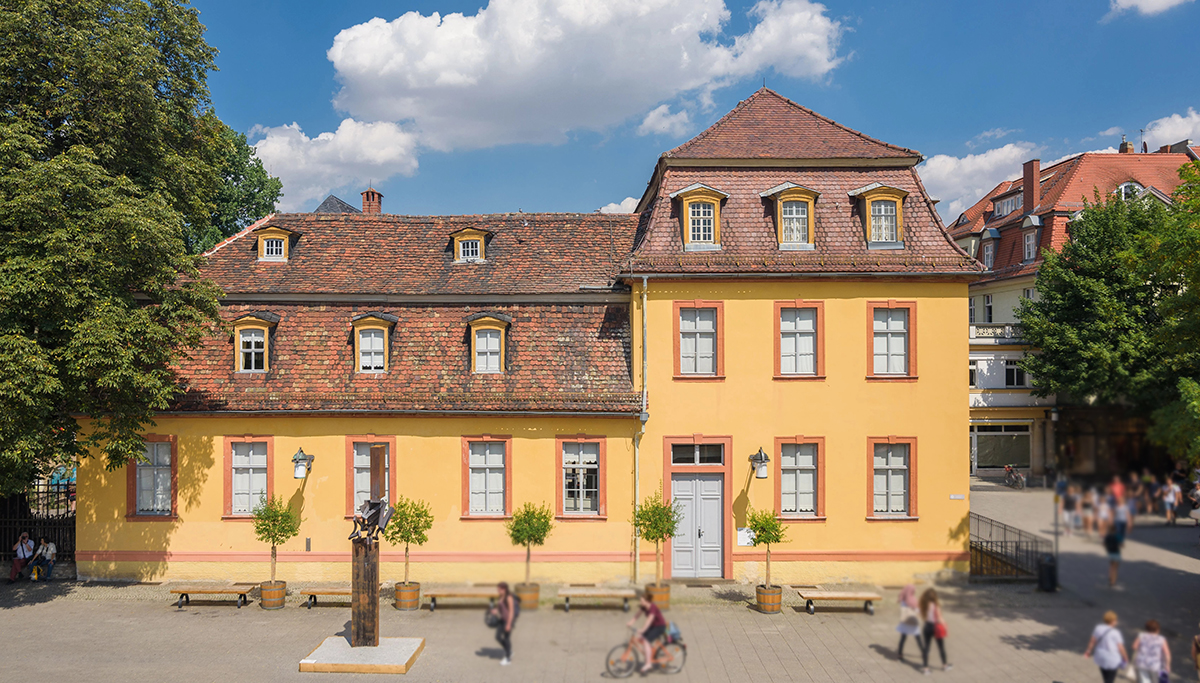Wittumspalais Weimar
Audio Guide Wittumspalais
The Wittumspalais is an exquisite architectural structure located in historic Weimar. It has a rich history, both as the home of Duchess Anna Amalia and as part of the legacy of the Weimar Classical and Bauhaus movements.
The building was erected between 1767 and 1769 on the site of a former Franciscan monastery and became a sophisticated city palace.
An important moment in its history was when, after a fire in Weimar Castle, Duchess Anna Amalia decided in May 1774 to develop the Wittumspalais chambers and even purchased it for 20,100 Reichsthalers in 1775. She lived here until her passing in 1807.
The Wittumspalais was also famous for its sumptuous dinners, which became part of the famous Weimar Musenhof, as well as a gathering place at the country estates in Ettersburg.
From 1775, work began on decorating the interior, giving it a distinctive splendour. The ceiling frescoes were executed by the master Adam Friedrich Ozer. From 1807 the management of the palace chambers was taken over by the Ducal Palace Marshal's Office. Between 1808 and 1848, the Wittumspalais witnessed the meetings of the Weimar free masons' lodge 'Anna Amalia zu den drei Rosen', as well as the meetings of the Land Assembly between 1833 and 1848.
In 1848 the library of the Reading Museum was moved to the Wittumspalais, giving this majestic place additional cultural value. From 1858, the chambers were used as an atelier by the painter Leopold Graf von Kalkreuth. At the same time, the painter Friedrich Preller used one of the rooms to create his famous Odysseus cycle.
An important moment in the history of the Wittumspalais was the extensive restoration work commissioned by Grand Duke Karl Alexander in 1870 and 1871, which restored it to its former glory. In 1919, after many changes, the Goethe National Museum took the Wittumspalais under its care, emphasising its importance in the cultural heritage.
World War II was not without its consequences for the Wittumspalais, and the attacks on Weimar left serious damage to the building, including the destruction of the roof and damage to doors and windows. Despite this, the Wittumspalais continues to fascinate with its rich history and majestic architecture.
Other sights
-
Albert Schweitzer Denkmal

-
Altenburg (Franz Liszt)

-
Atrium & ehemaliges Gauforum
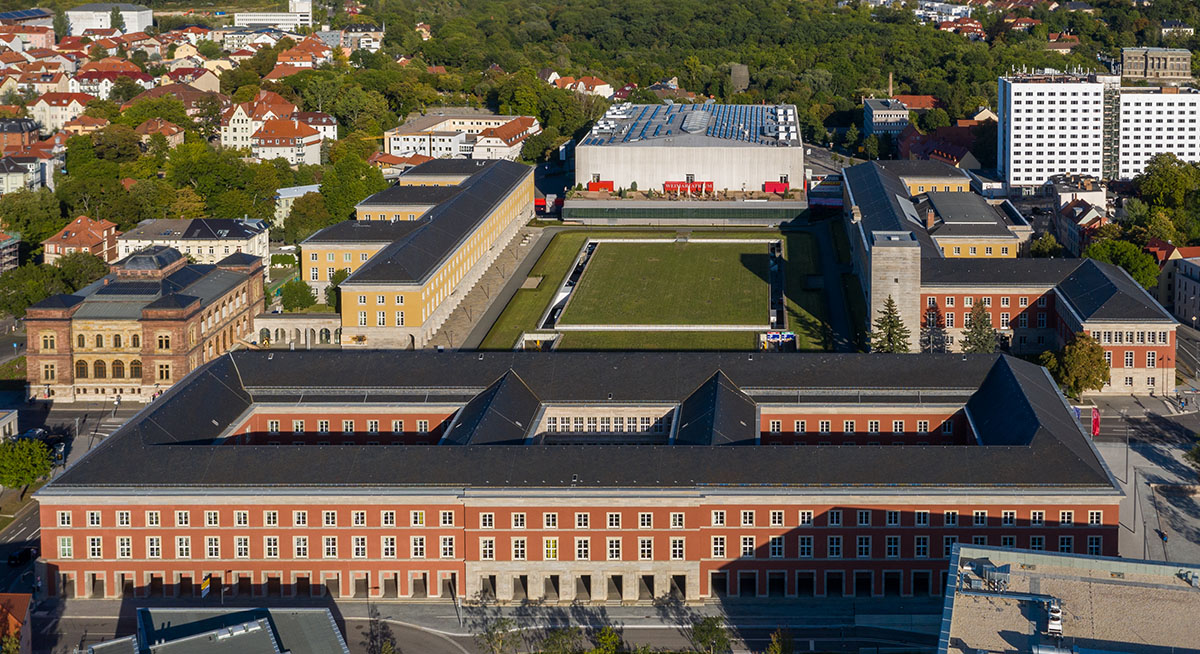
-
Bauhaus Universität (Henry van de Velde)
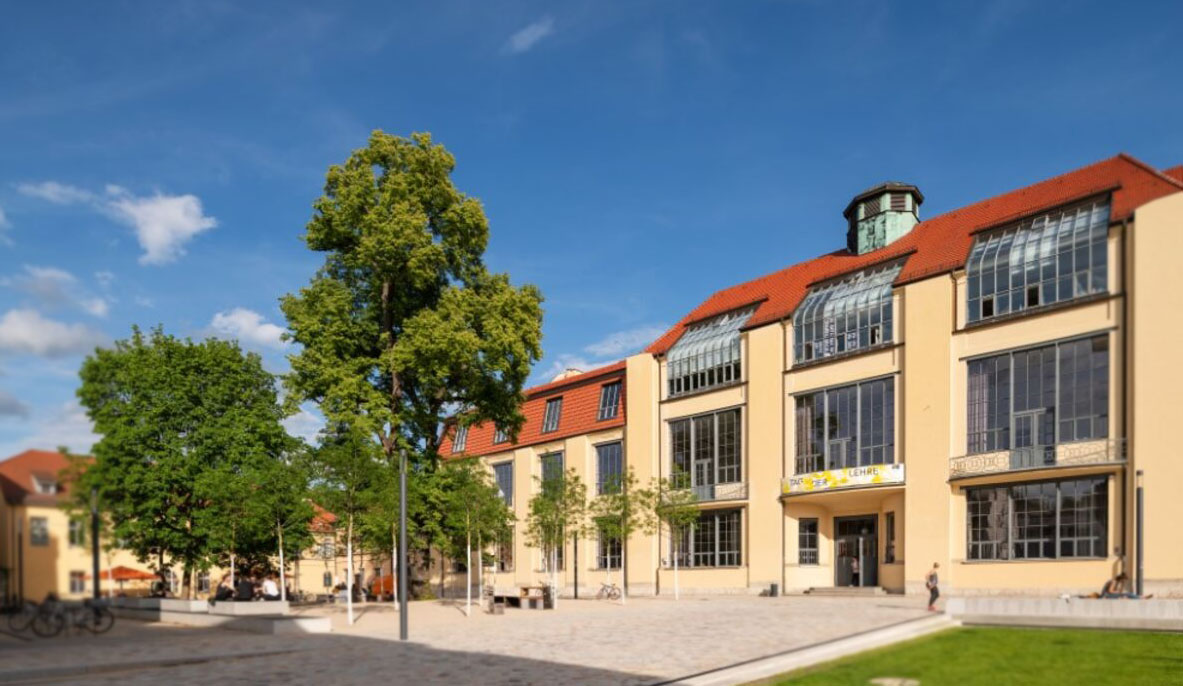
-
Bauhaus: Haus am Horn
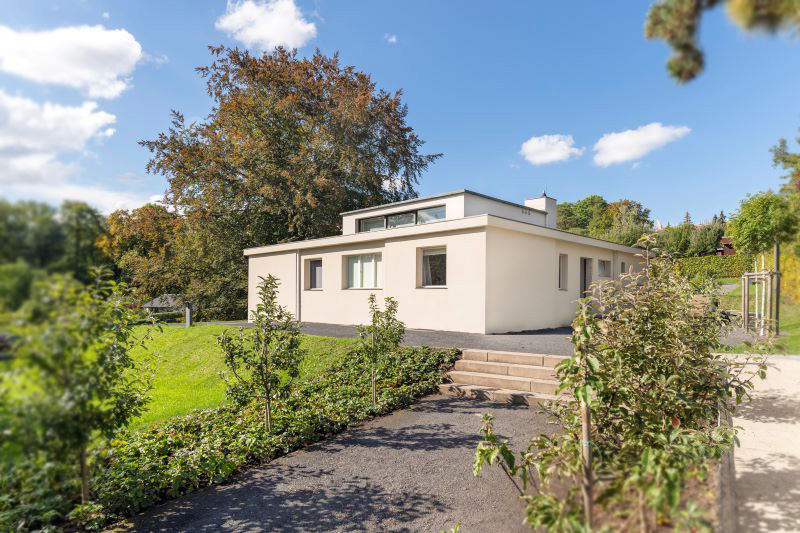
-
Carl Heinrich Ferdinand Streichhan-Kaserne
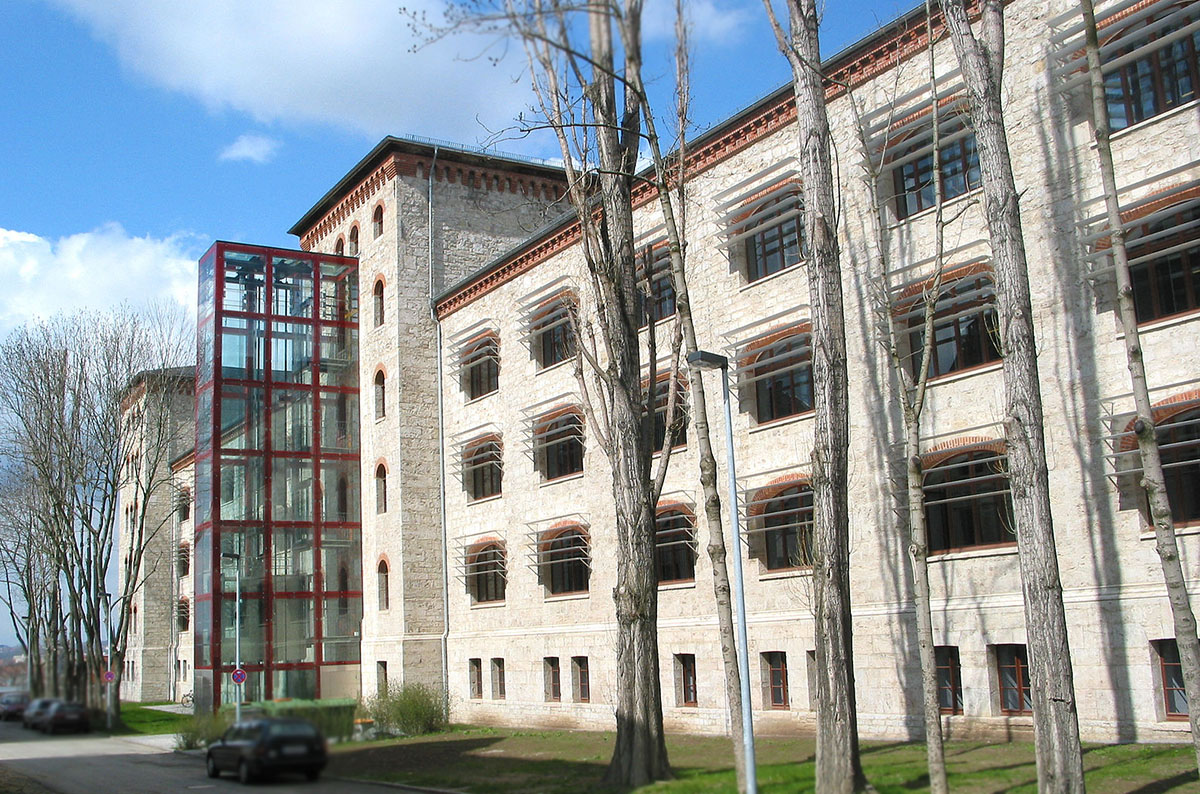
-
Cranachhaus
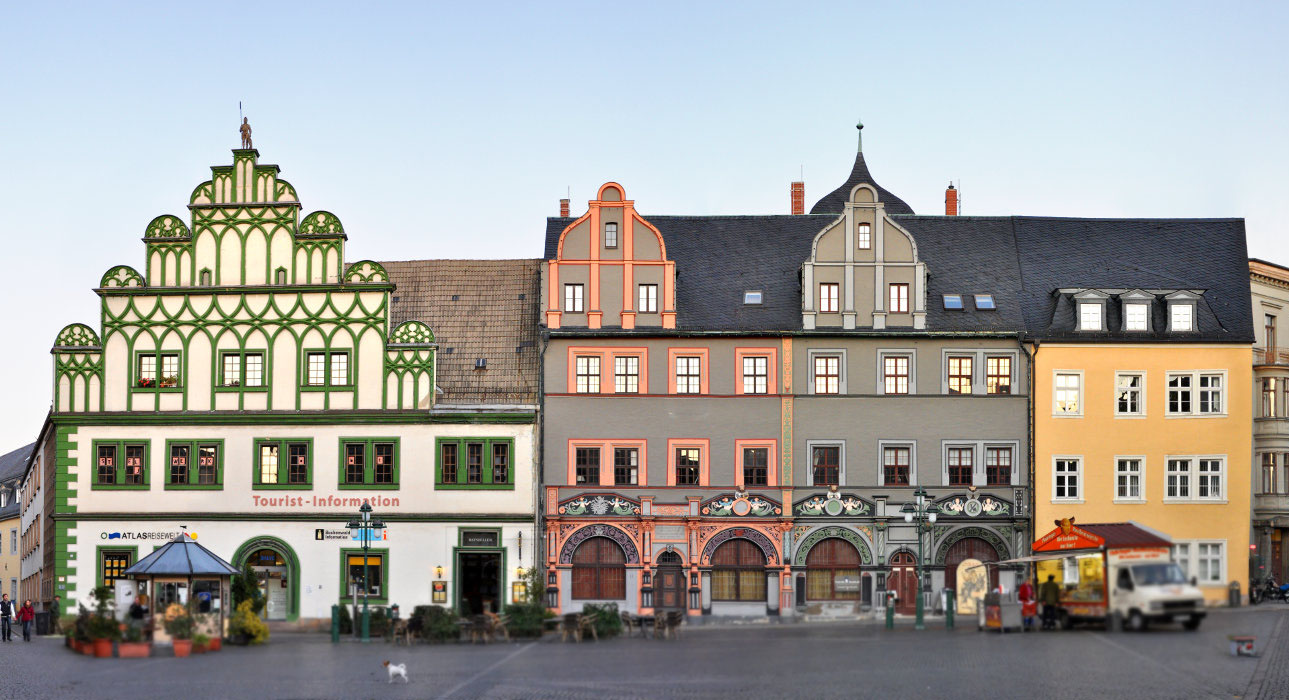
-
Denkmal Nepomuk Hummel

-
Denkmal Nepomuk Hummel und katholische Kirche
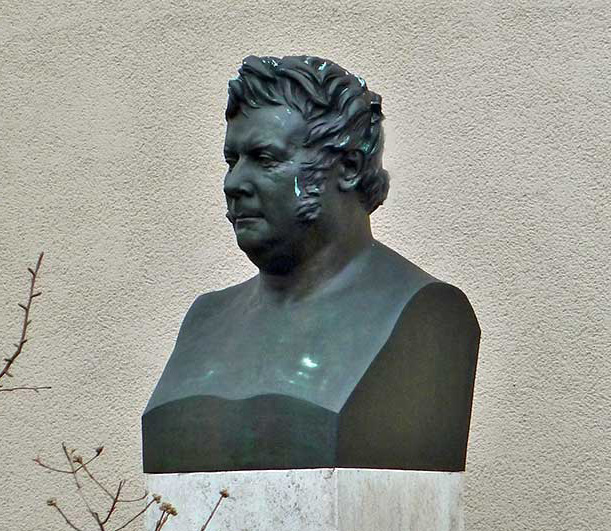
-
Deutsches Nationaltheater Goethe & Schiller Denkmal

-
Ginkgobaum
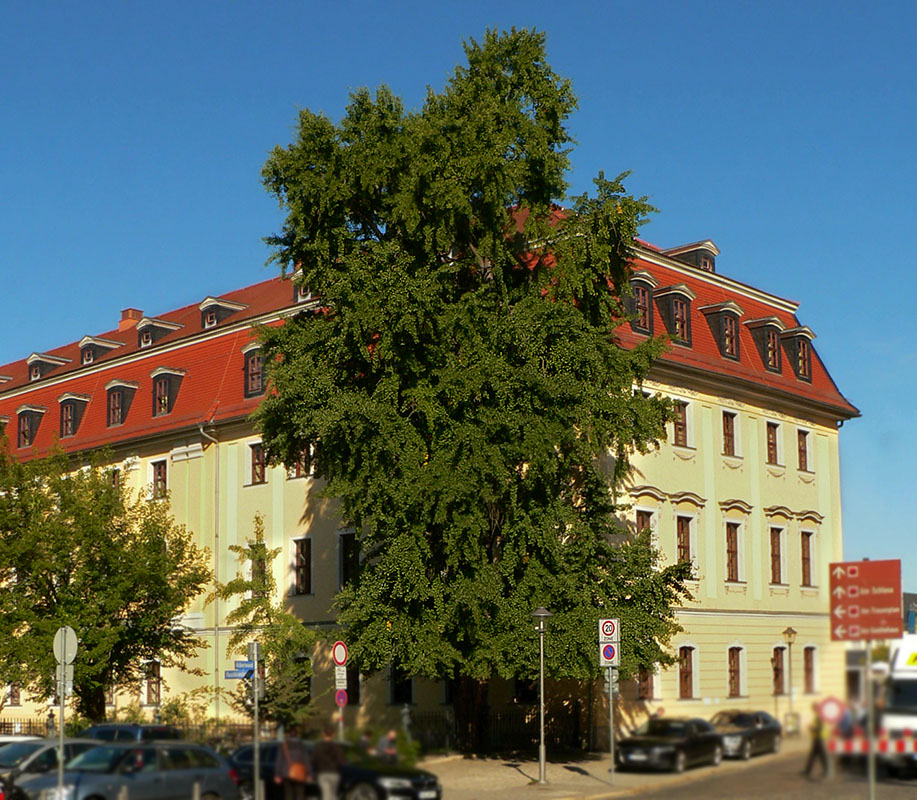
-
Goethe- & Schillerarchiv
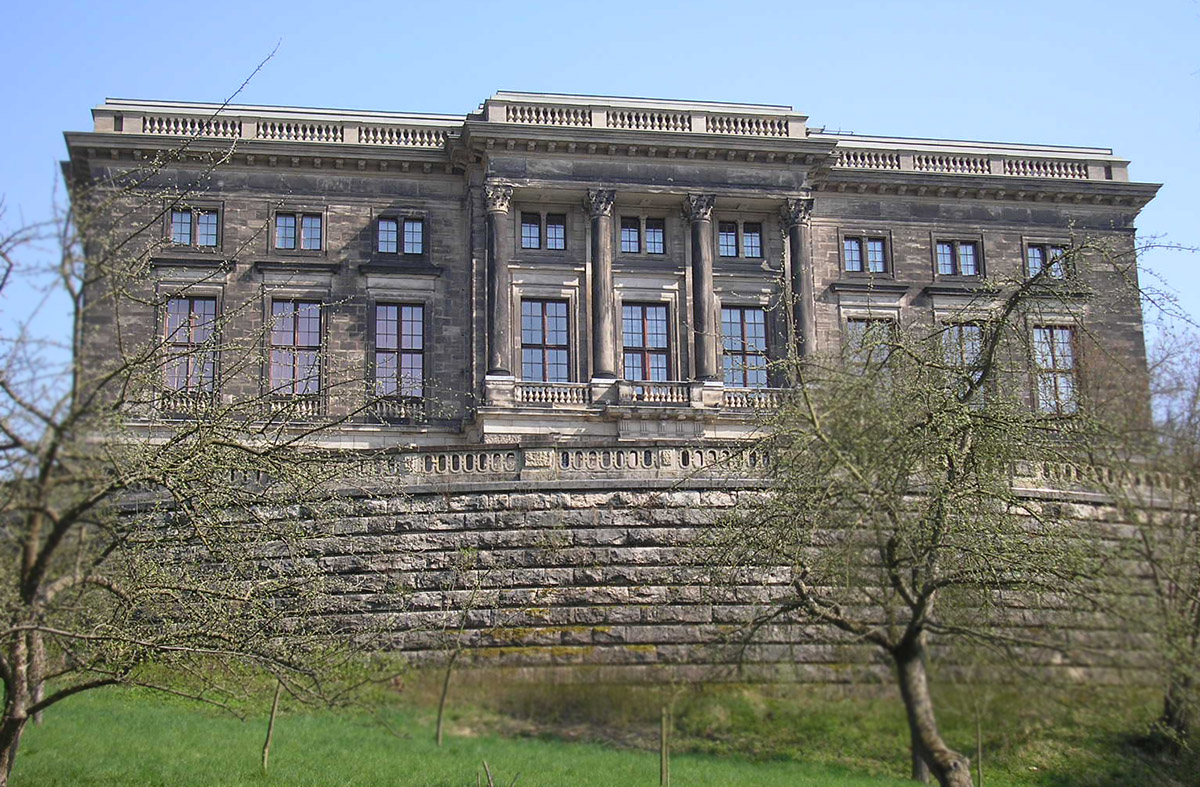
-
Goetheplatz mit Kasseturm & Stadtmauer

-
Goethes Wohnhaus
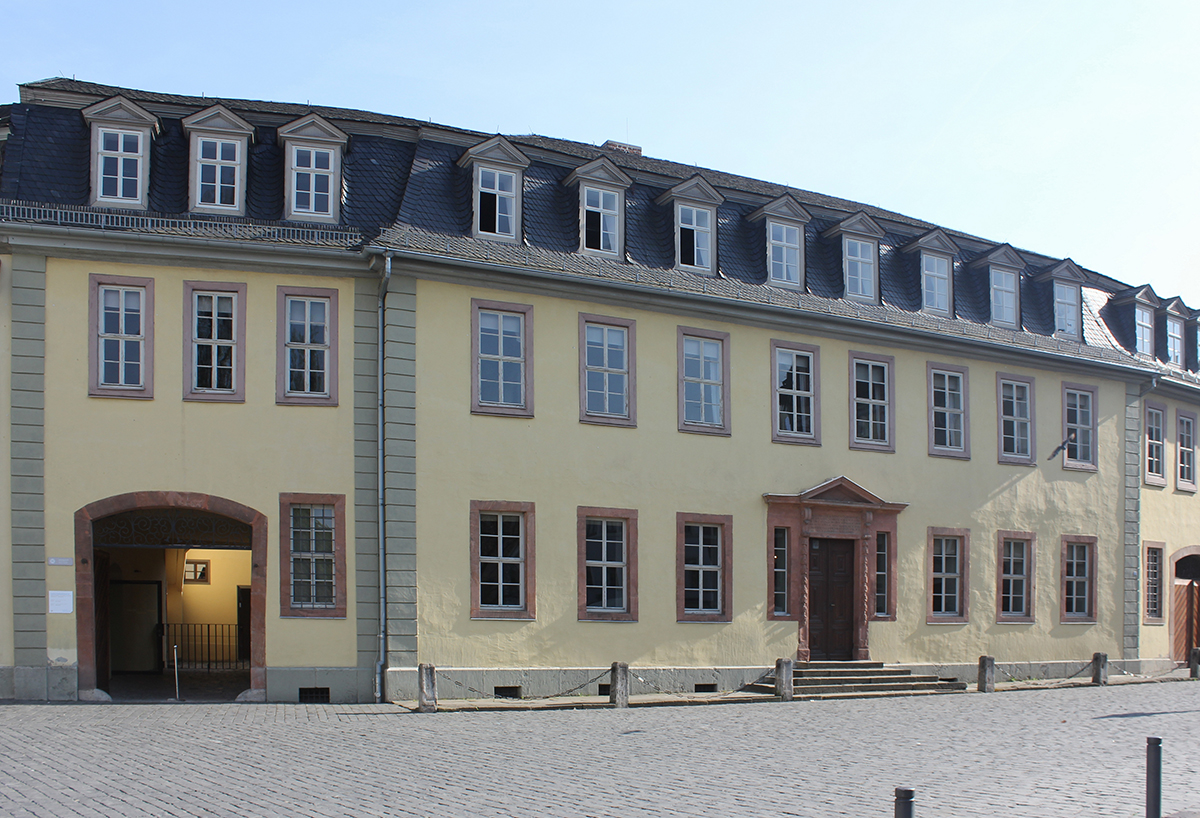
-
Haus am Horn
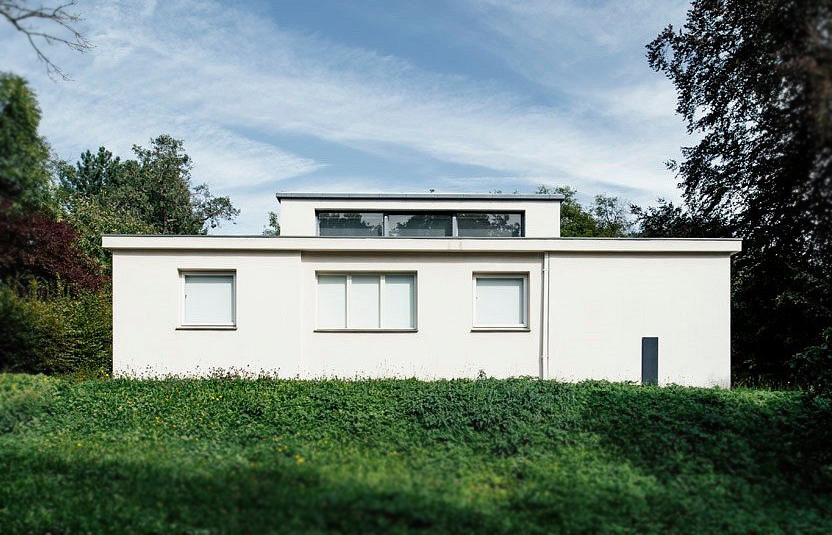
-
Haus der Charlotte von Stein
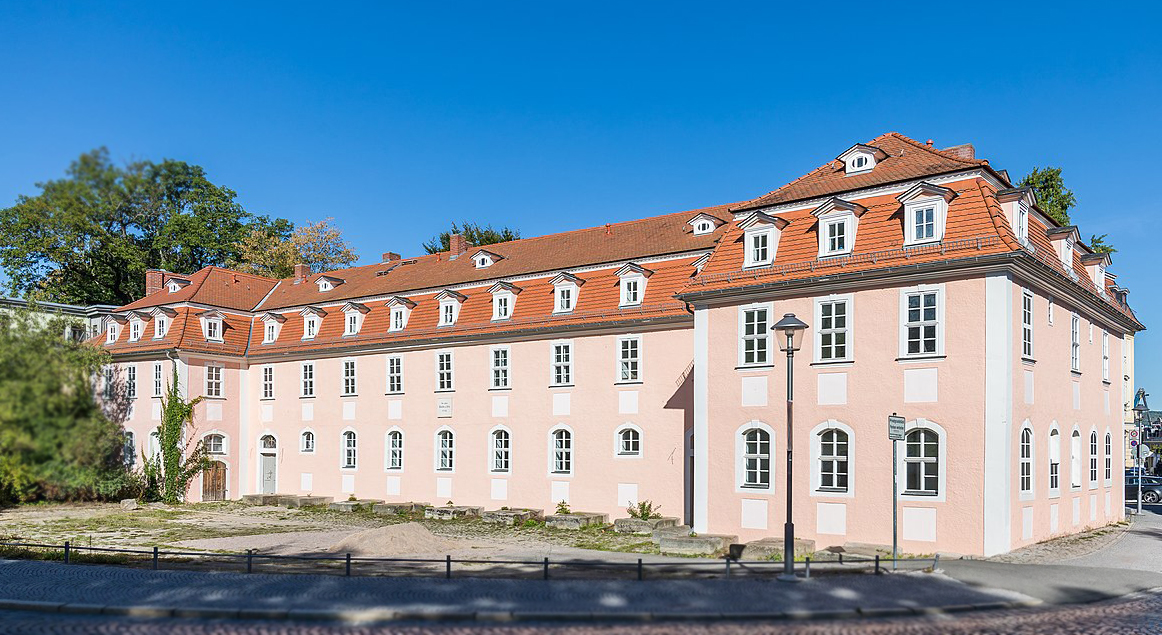
-
Herderplatz & Kirche St. Peter und Paul
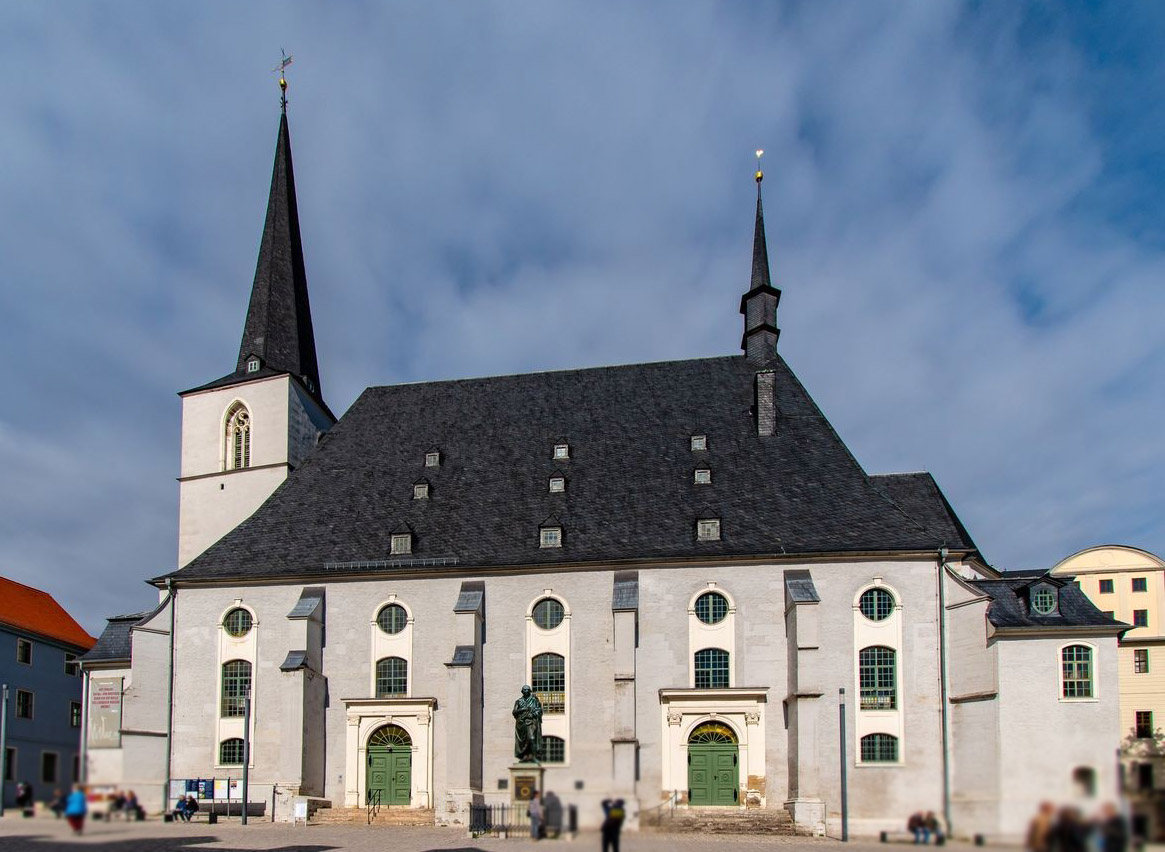
-
Herzogin Anna-Amalia-Bibliothek
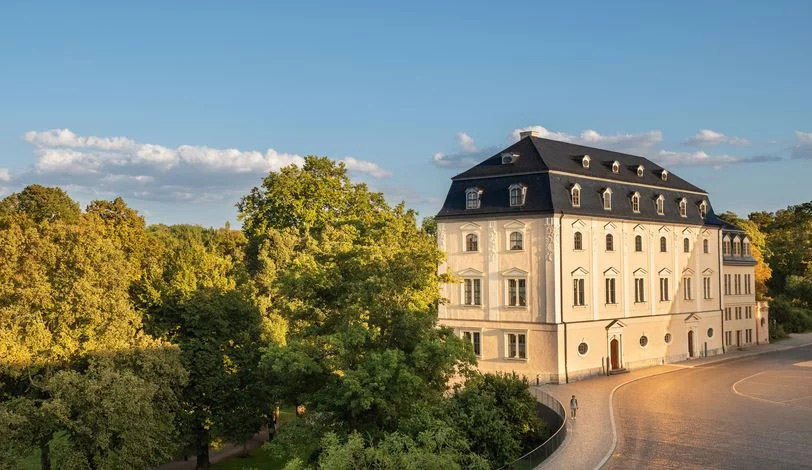
-
Historischer Friedhof
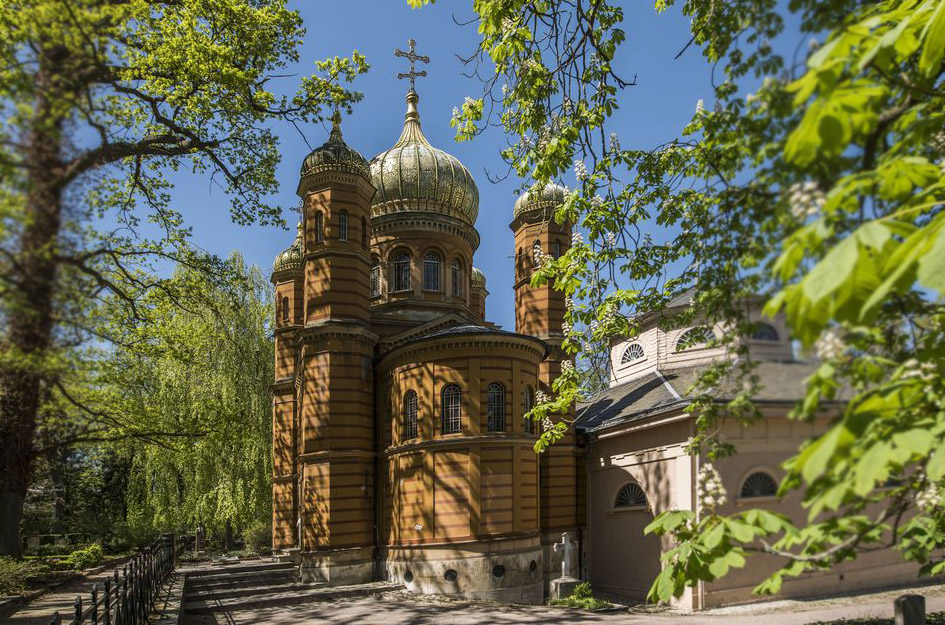
-
Hochschule für Musik Franz Liszt (Fürstenhaus)
-
J. G. Herder, Kirche St. Peter und Paul

-
J. S. Bach in Weimar & Bachtafel
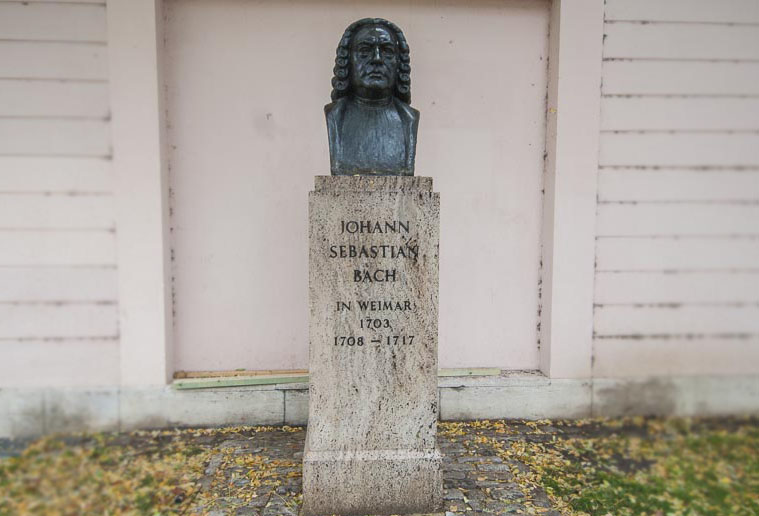
-
Katholische Kirche

-
Landesmuseum
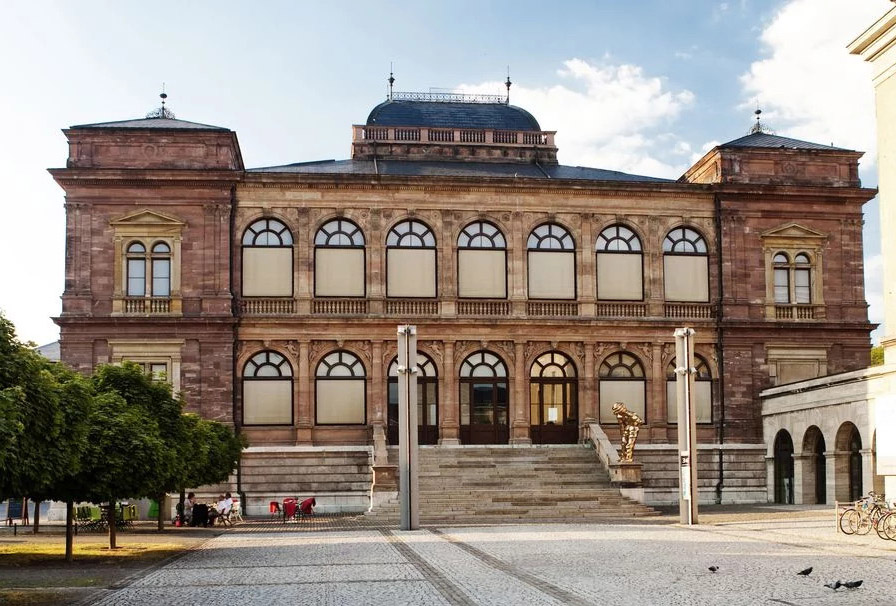
-
Liszthaus & Liszt in Weimar
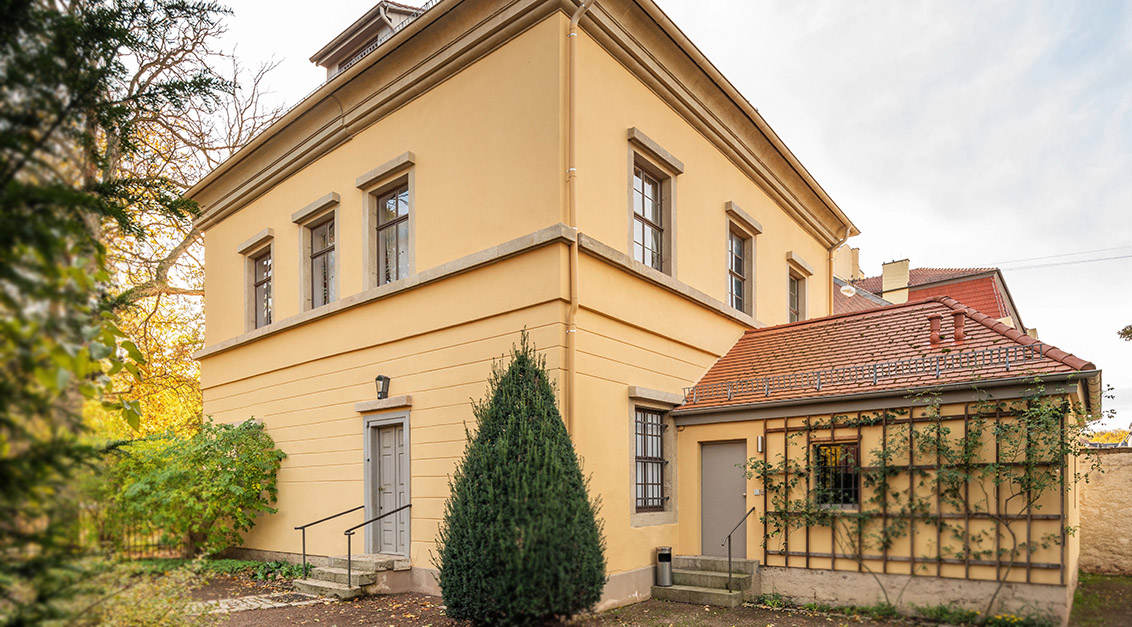
-
Markt
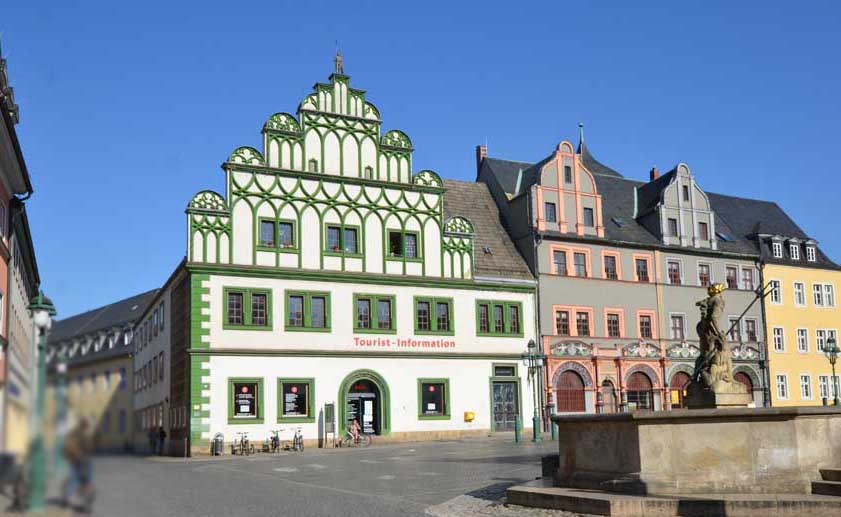
-
Marktplatz, J. S. Bach

-
Marktplatz, Rathaus, Cranachhaus
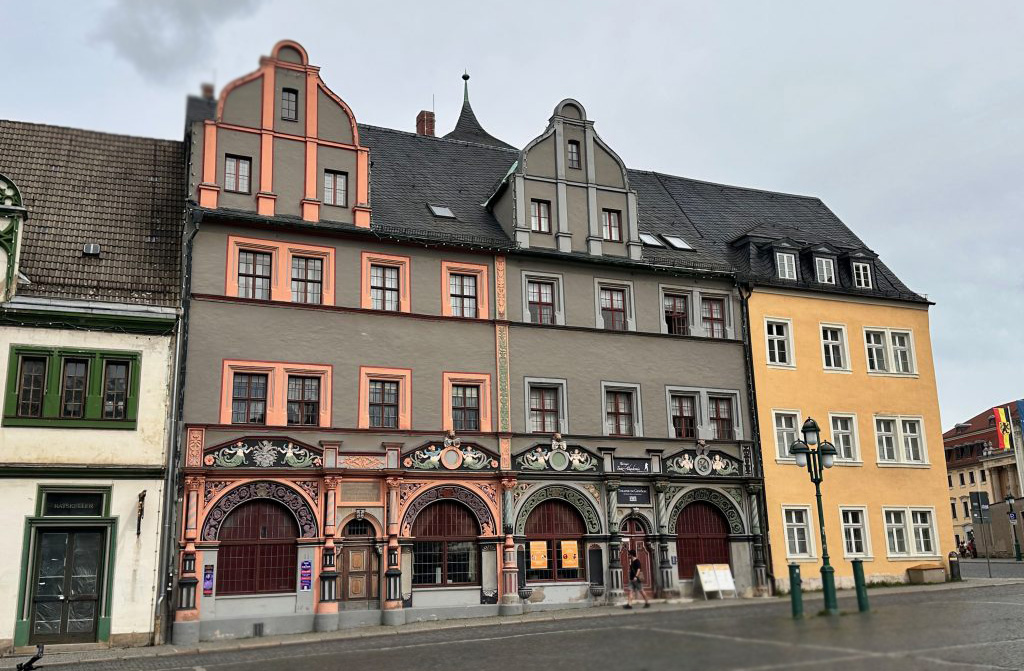
-
Marstall

-
Modernes Weimar: Neues Bauen am Horn
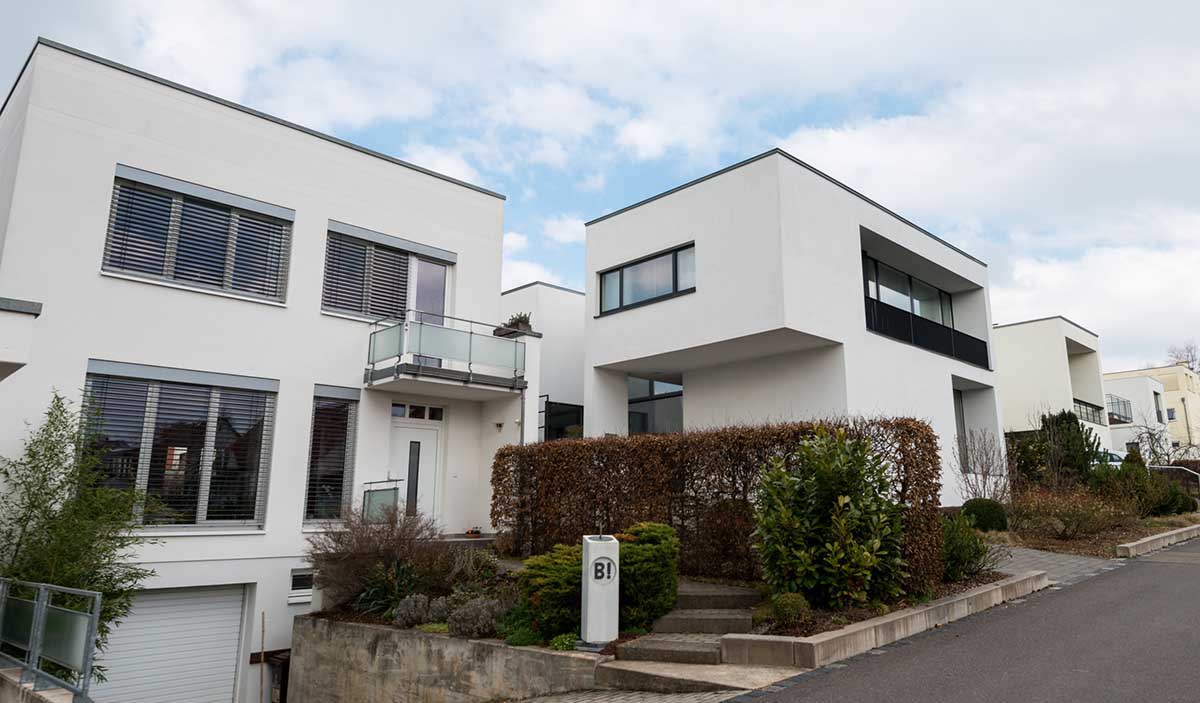
-
Neue Weimarhalle
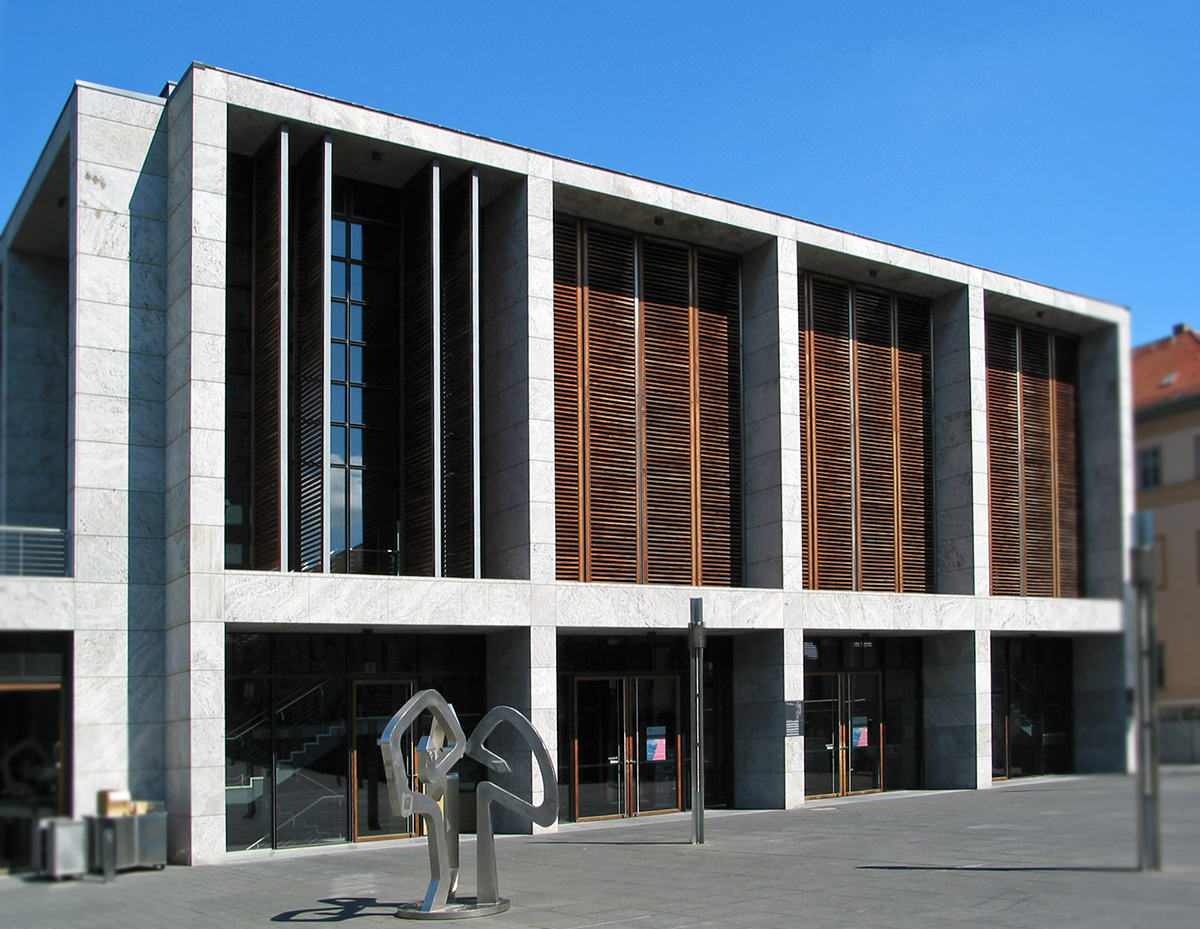
-
Neues Museum

-
Parkhöhle

-
Platz der Demokratie (Fürstenplatz)

-
Platz der Demokratie, Anna Amalia Bibliothek
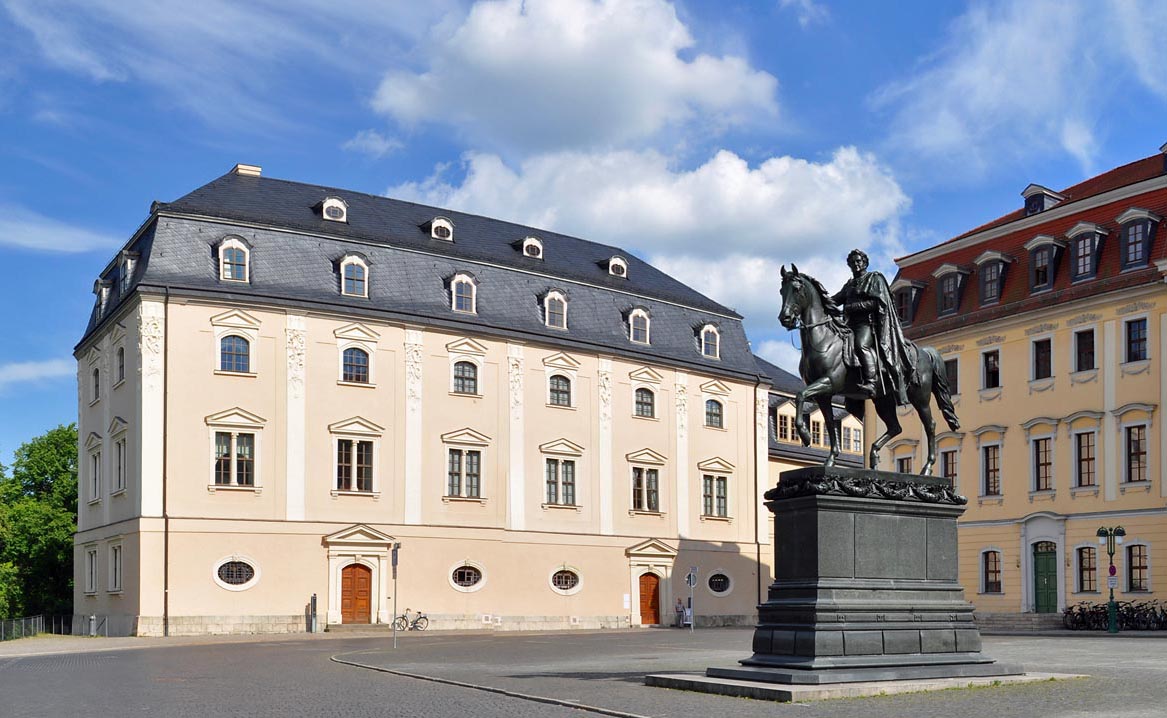
-
Rathaus
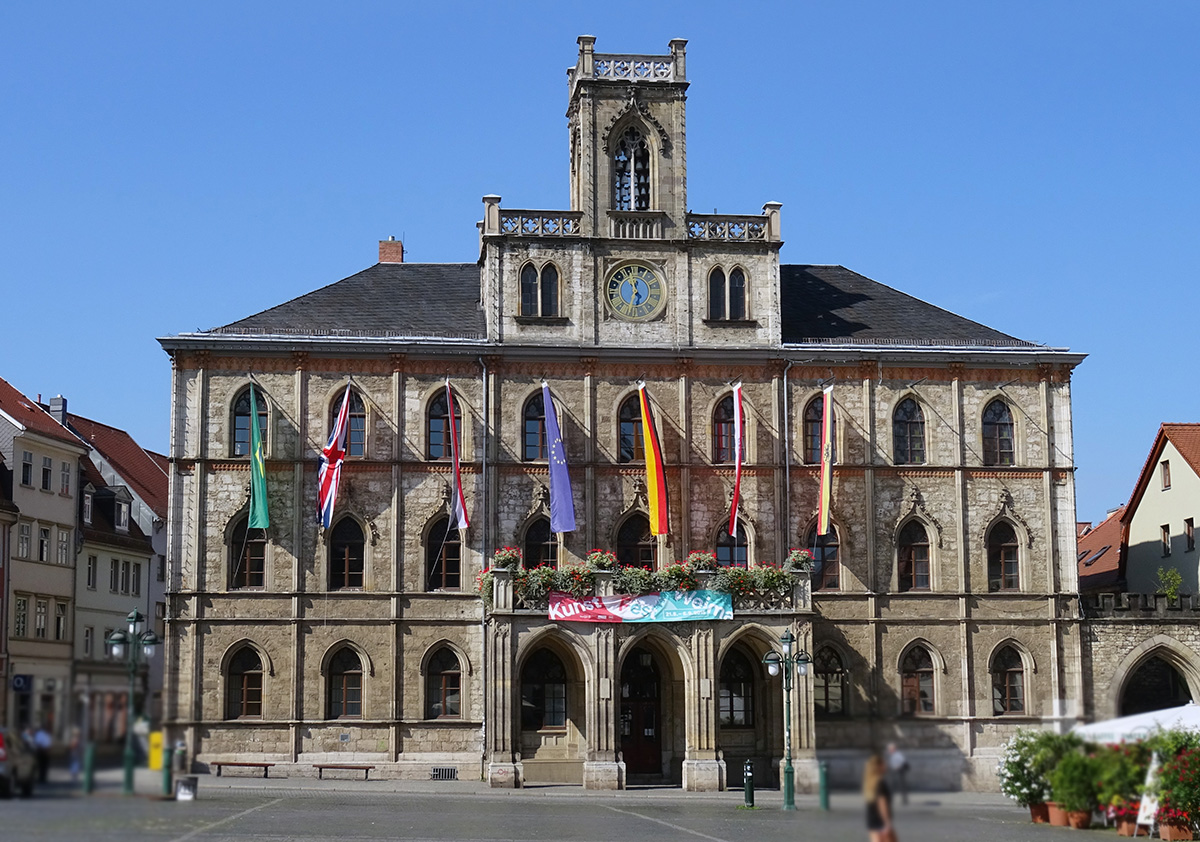
-
Reiterstandbild Carl August

-
Römisches Haus (Carl August)

-
Schloss Belvedere

-
Stadtmuseum
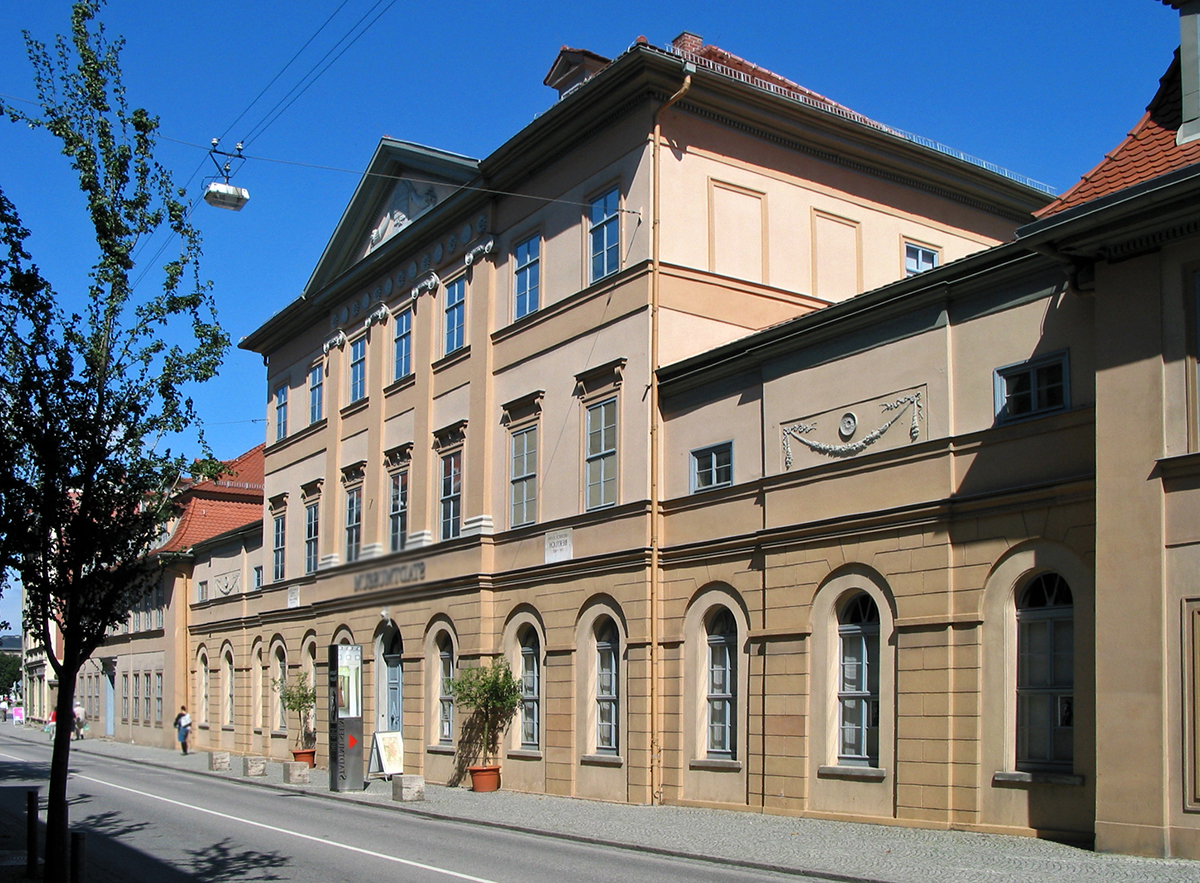
-
Stadtschloss
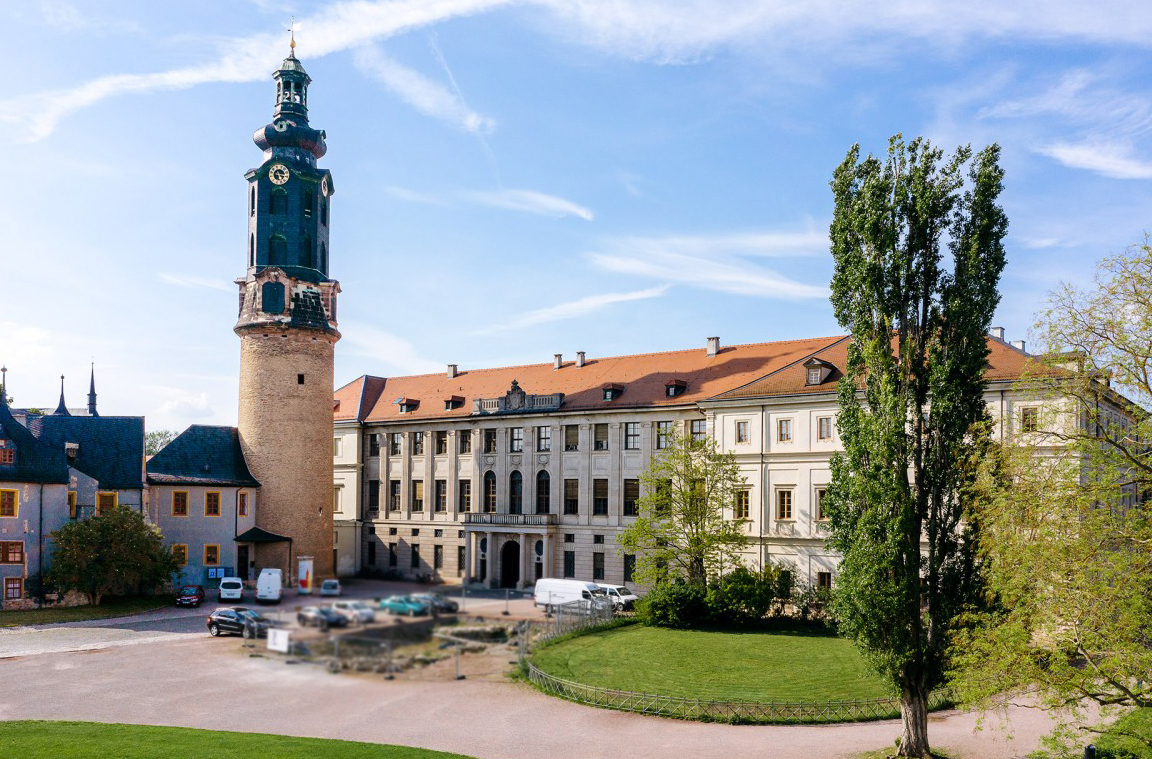
-
Standort Neues Bauhausmuseum

-
Villa Altenburg
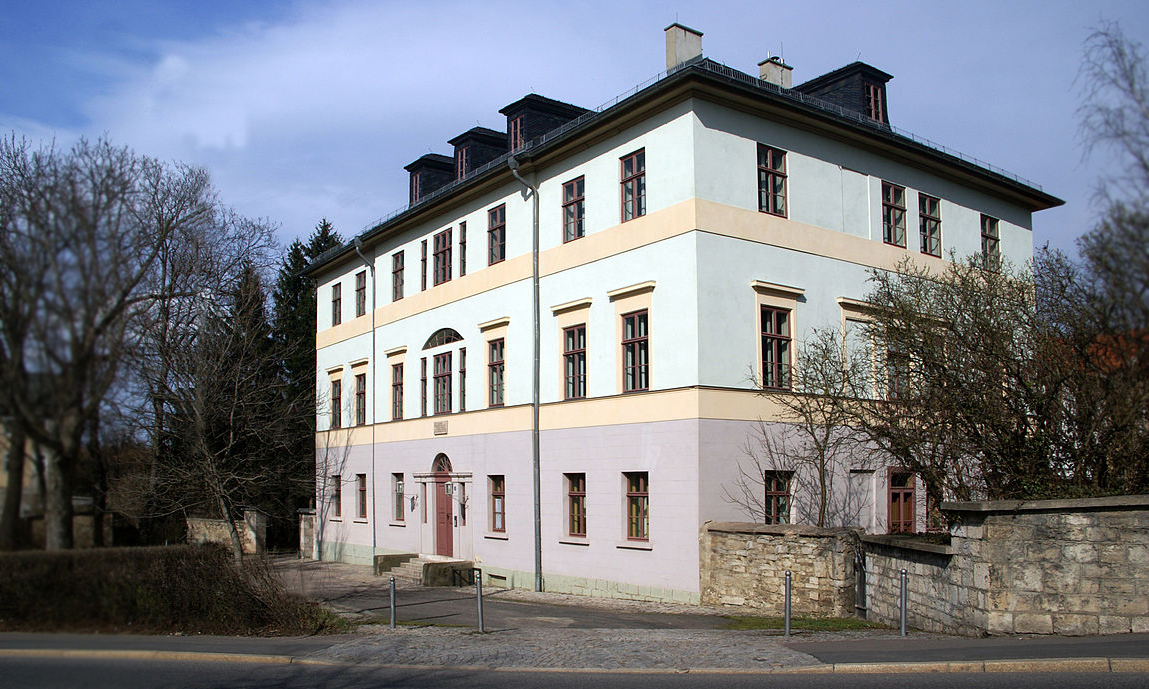
-
Welscher Garten
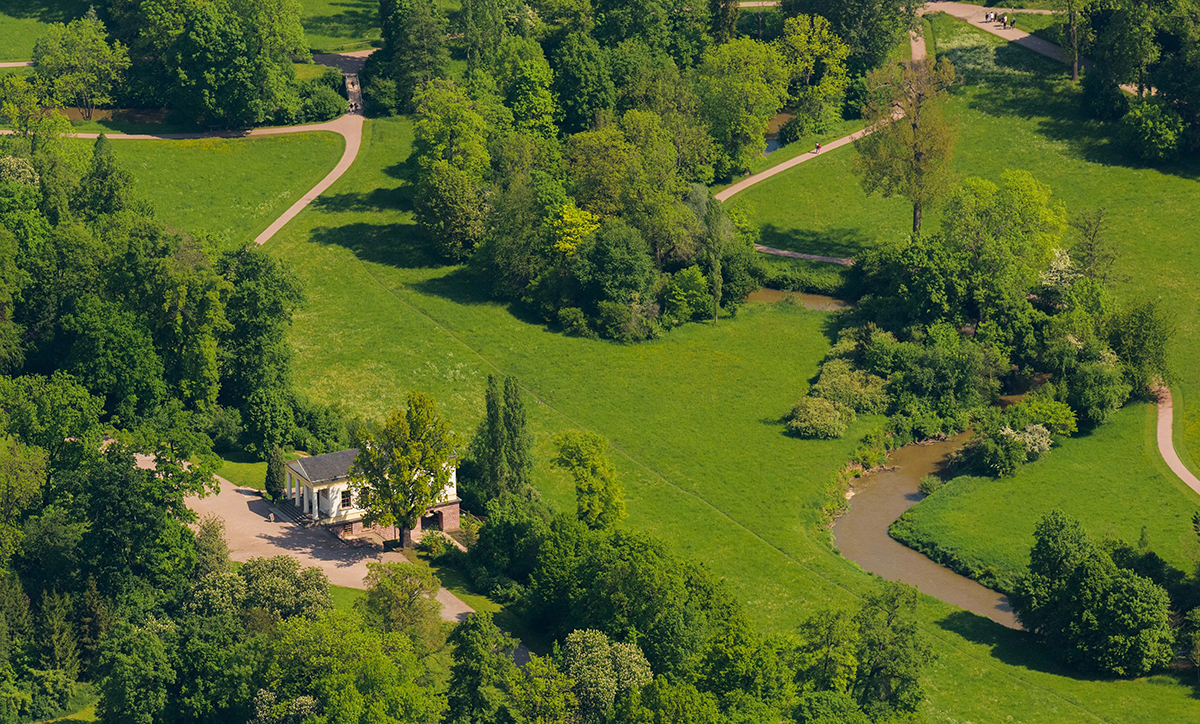
-
Wielanddenkmal
